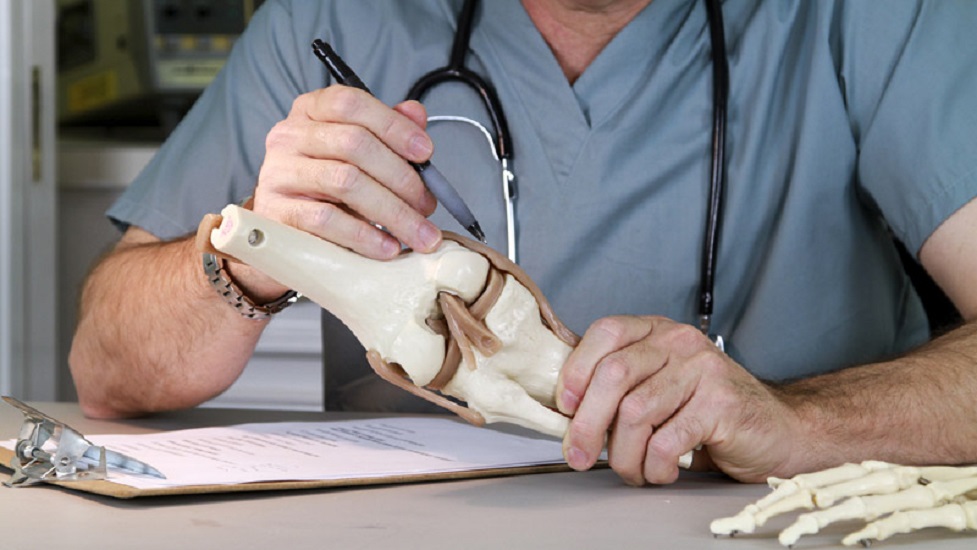Knee pain is one of the most common types of pain that a person may experience in their life, for various reasons, including work conditions or various injuries. Dr. Rafat Dahir, a specialist in bone diseases in Istanbul, offers a range of tips and definitions related to knee pain symptoms and treatment.
While he classified knee pain types according to age, he warned against ignoring treatment because it leads to pain worsening and complicates treatment over time. Dr. Dahir said, “The knee joint consists of the meeting of the thigh and leg bones, where the knee joint assists the person during walking, sitting, and movement.”
He added that knee joint pain leads to difficulty in movement, distressing the patient, and is caused by either anterior and posterior cruciate ligaments, internal and external menisci, the cartilage that covers the tibia and femur bones, or the medial and lateral collateral ligaments, or the synovial fluid in the knee.
Regarding cruciate ligament injuries, Dr. Dahir said that they “usually occur as a result of a sudden movement when the foot is stationary on the ground with a twist in the knee.”
He added that the patient experiences rapid swelling in the knee joint with an inability to walk or bend the knee, and after a period of time, symptoms of anterior and posterior instability in the knee joint occur when climbing stairs or walking.
Regarding treatment, Dr. Dahir said, “Diagnosis is by clinical examination and magnetic resonance imaging, and the treatment of such cases is through arthroscopic cruciate ligament repair using tendons around the knee joint.”
He confirmed that “after rehabilitation and physiotherapy, most cases can return to normal life.”
As for meniscal tears, Dr. Dahir said, “The injury to the meniscus is divided according to age because in youth, the tear is caused by an injury or strain in the knee joint, which leads to a tear in the meniscus alone or is accompanied by anterior cruciate ligament damage.”
Regarding treatment methods, Dr. Dahir said, “In people under 40-45 years old, a meniscus repair can be performed without removing any part of it using an arthroscope, through a number of sutures used depending on the location and size of the meniscus tear.”
Dr. Dahir warned against surgical intervention in cases of complete tear, as this leads to continuous symptoms in the knee joint in the short term, and in the long term, the presence of a tear without surgical intervention leads to friction of the torn cartilage with the knee joint and leads













































